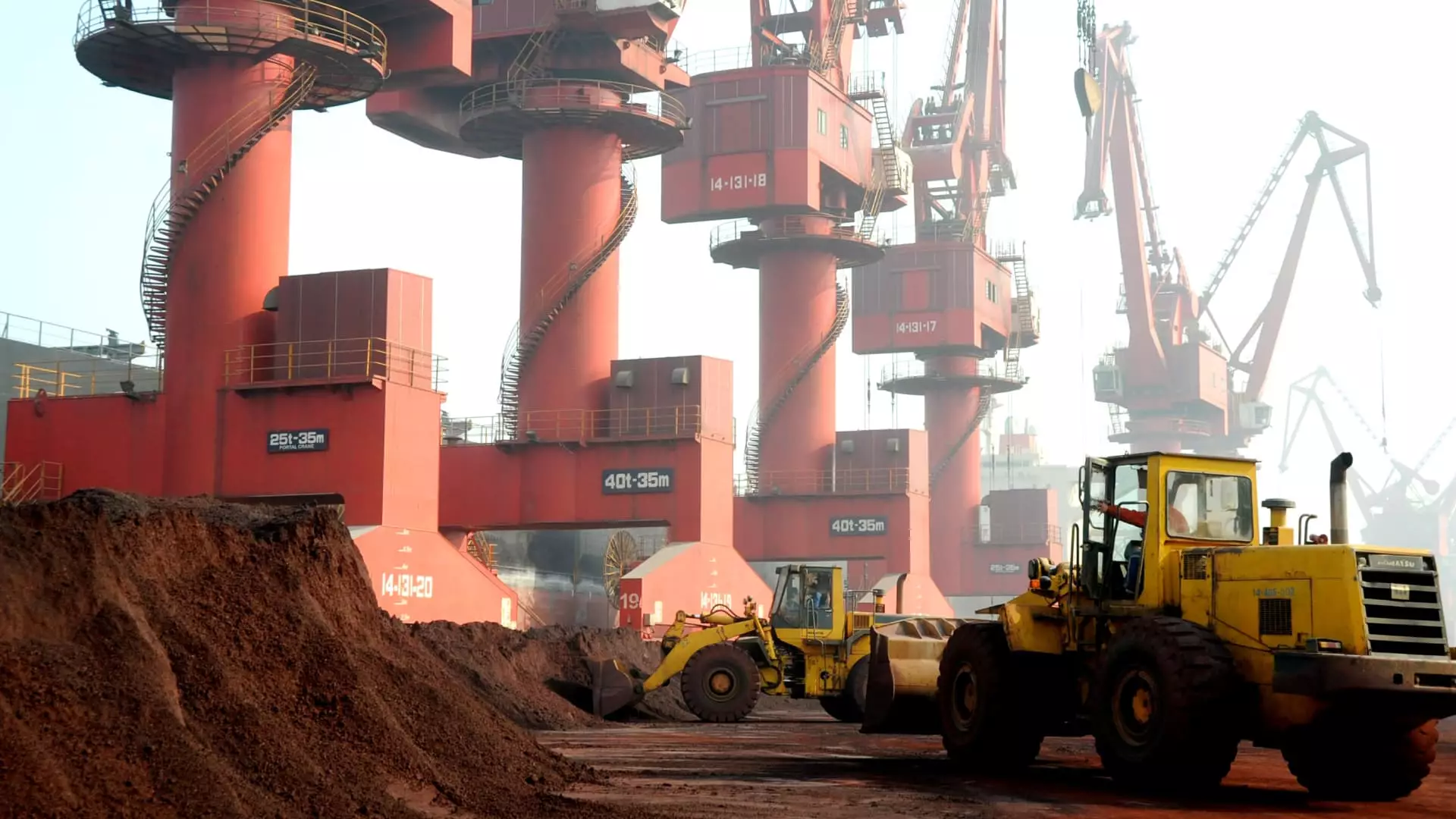Starting December 1, China will implement licensing requirements for companies seeking to export tungsten and various critical minerals. This policy shift is a marked turnaround from previous decades, during which China capitalized on its dominance in the tungsten market. Analysts estimate that Chinese entities have controlled around 80% of the global tungsten supply, leveraging low prices to outcompete foreign producers. The imposition of export limits appears to be a strategic response to increasing international scrutiny and demand for alternatives to Chinese tungsten, showcasing how trade tariffs and bans can disrupt long-standing supply chains.
With the U.S. government signaling its intention to eliminate reliance on Chinese tungsten—evidenced by the U.S. Defense Department’s prohibition on using China-mined tungsten starting January 1, 2027—China’s new policies may be a defensive maneuver to reclaim some lost leverage. This tactical analysis highlights a crucial point: while the restrictions may initially limit tungsten availability, the broader context of U.S.-China relations is catalyzing a global search for alternative sourcing options.
Despite the announcement of China’s export restrictions, tungsten prices have shown minimal fluctuation, indicating a complex market response. Christopher Ecclestone, a mining strategist, reinforces this sentiment: “The demand for tungsten is increasing, but this specific ban by China may inadvertently create economic incentives for other nations to ramp up tungsten production.” As prices currently hover around $335 per metric ton of ammonium paratungstate, industry experts anticipate that effective production levels would only be achieved with price increases of up to $385 per metric ton.
The United States has doubled down on tariffs, raising them by 25% in September against Chinese tungsten imports. Such measures are designed to boost domestic manufacturing and strategic mineral availability. Furthermore, supporters of increased tariffs express a desire to escalate duties even further—to 50%—in a bid to compel U.S. mining operations that have remained dormant since 2015 to resume, thereby enhancing supply security.
Resurgence of Production Capabilities Outside China
It is noteworthy that amidst China’s export limitations, the prospect of restoring tungsten production outside its borders is becoming more pronounced. For example, Almonty Industries, currently navigating the process of reopening the Sangdong tungsten mine in South Korea, plans to reach 50% of its potential output by 2025. Historically, this mine has remained inactive since 1994; its revival emphasizes the potential for foreign mining interests to fill the void left by China as producers seek to diversify their sources.
Moreover, insights shared by the Gangwon province’s vice governor indicates a strategic regional plan aiming to attract foreign investment, allowing local economies to benefit from revitalized industrial activity surrounding the mine. With expectations for job creation and other economic stimuli, the focus on expanding operational capacity outside China highlights a potential shift in the tungsten supply chain.
As the global tungsten demand is projected to rise, the stability of tungsten prices must be viewed through the lens of diversification and expanding supply channels. The U.S. Geological Survey has identified numerous potential mining sites across the country, suggesting that there are domestic reserves waiting to be exploited. This diversification could cushion markets against the fluctuations that trade restrictions may trigger.
The transition facing the tungsten market is nuanced, involving complex trade relations, commodity demand, and strategic production recalibrations. As countries pivot toward “friendshoring,” wherein alliances dictate sourcing decisions, the landscape is poised for significant evolution. Emerging mining projects in regions like South Korea and the United States exemplify a proactive approach to mitigating over-reliance on any single country, particularly in light of intensifying geopolitical friction. The future of tungsten production—and its critical role in advanced technologies and defense capabilities—stands at a pivotal crossroads.


Leave a Reply